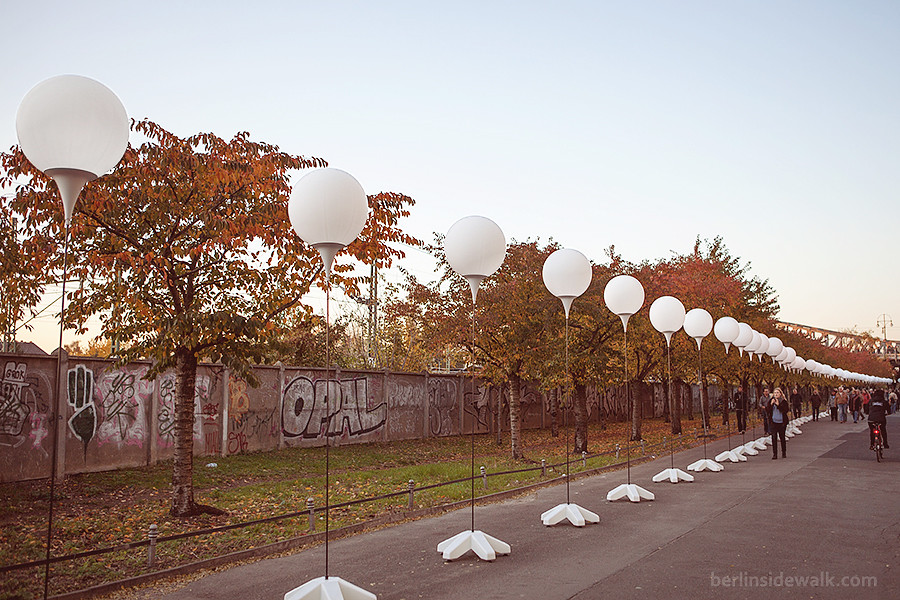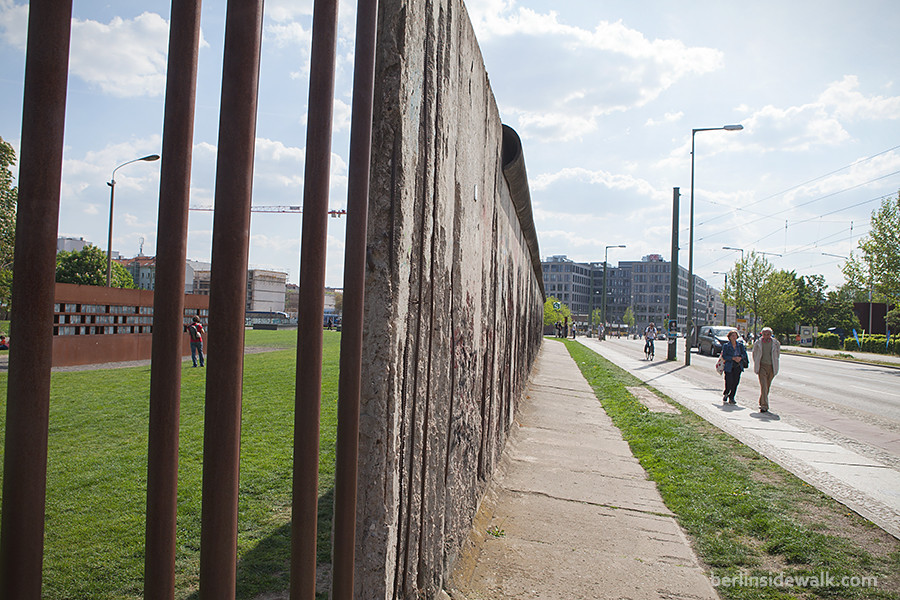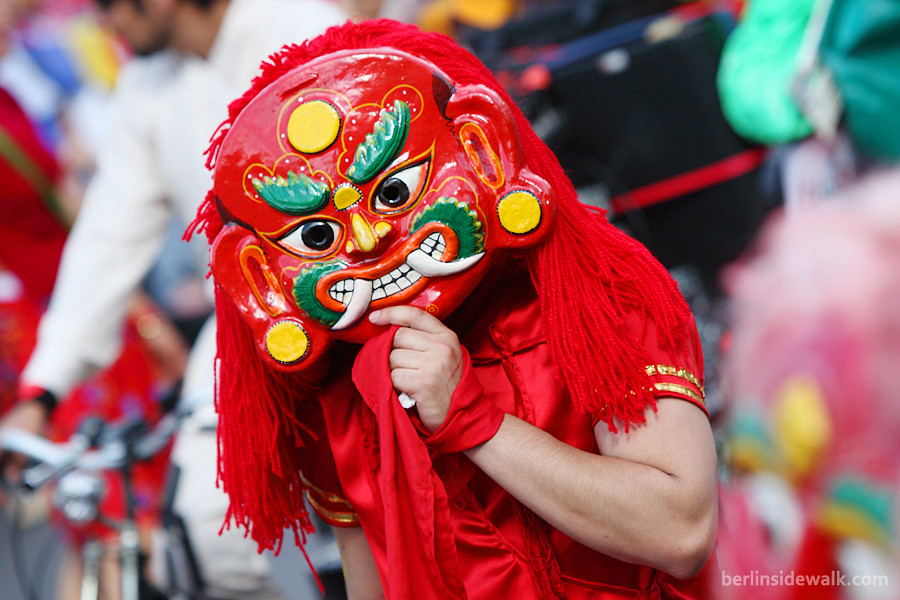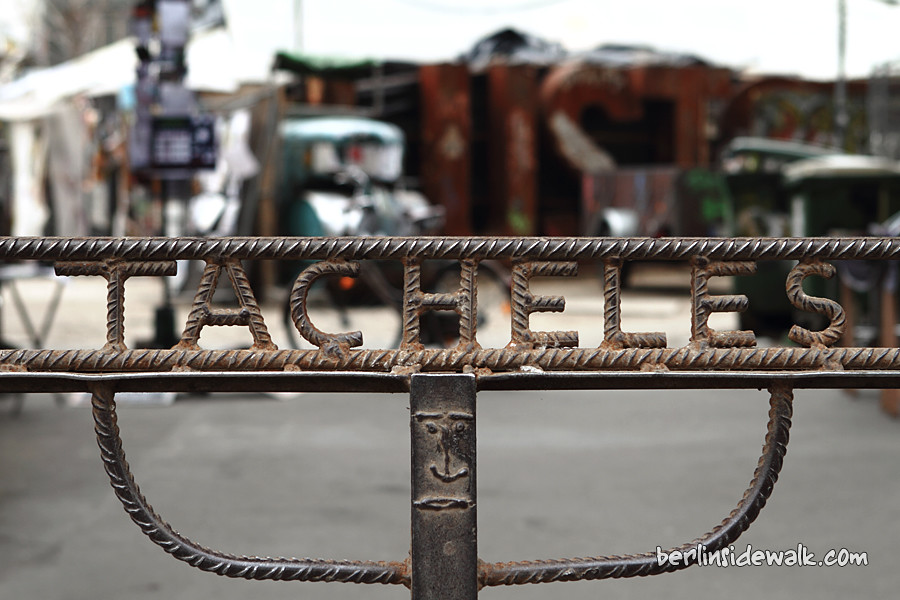From November 7 – 9, 2014, the city of Berlin celebrated the 25th anniversary of the Fall of the Berlin Wall. A symbolic frontier of lights, the LICHTGRENZE, a line of 8,000 illuminated helium balloons along the 15 kilometer long path once occupied by the Berlin Wall, divided the city once again.
From the Oberbaumbrücke and its East Side Gallery, through Checkpoint Charlie, the Potsdamer Platz and Brandenburger Tor, up to the Bernauer Straße and Bornholmer Straße, which was, on November 9, 1989, the first checkpoint allowing people to pass through freely to West Berlin.
On November 9, all balloons were released into the Berlin night sky accompanied by the Staatskapelle Berlin playing “Ode An die Freude“.









